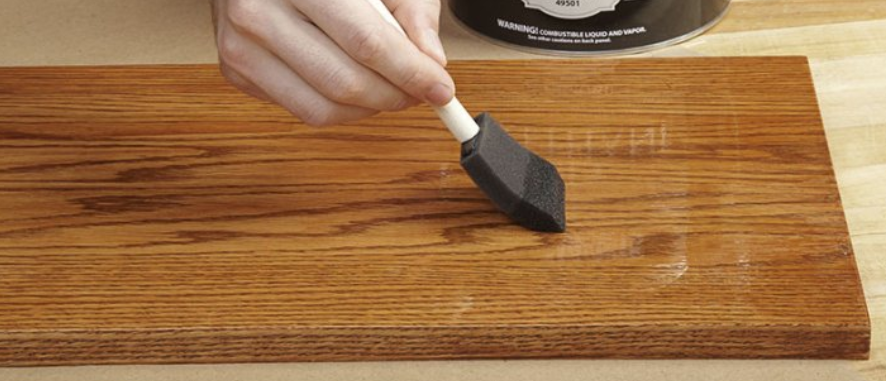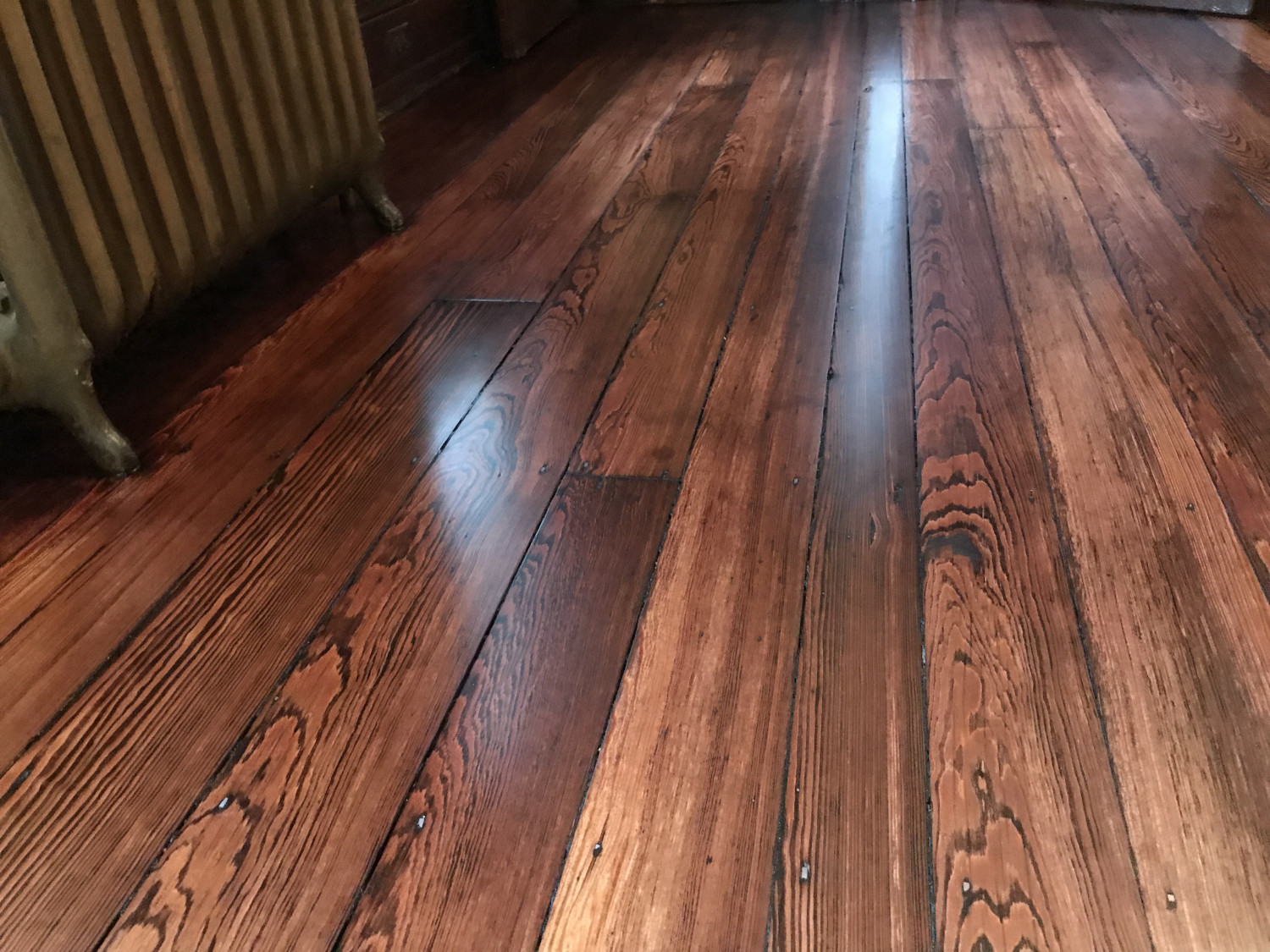Are the Fumes from Hardwood Flooring Finishes and Coatings Harmful for Children or Babies?
While applying the finishes and coatings that add shine and style to faded hardwood is an important part of the installation process, some food finishing products contain chemicals that may cause harm to children if not used correctly.
Refinishing products may contain elevated levels of what are known as VOCs, volatile organic compounds. VOCs may reduce the air quality in your home if the area is not ventilated properly. The effect can be minor issues, like nausea or headaches, to more serious issues if there’s prolonged exposure without safety measures.
As hardwood flooring experts, we at AWF always take every precaution to ensure your floors are safe. We’ll take a look at some of the potential issues with VOCs and what steps you and your family can take to avoid their effects.
VOC Off-Gassing
The harm caused by VOCs primarily comes from what is known as off-gassing. This occurs when the chemicals in the finishing product become airborne and are expelled as gas. While this sounds dangerous, the vast majority of VOC chemicals are released as the finish dries. Most finishes will be mostly dry after 24 hours fully dried after 4 days. Potential harm can be greatly reduced by simply allowing proper ventilation of parts of the home with finish applied.
In some cases, like homes with small children that may be more susceptible to VOCs, it may be a good idea to have improved ventilation in areas of the home with newly applied finish as it can take 30 days for the finish to fully cure. Curing is the process by which the finish adheres to the wood and reaches equilibrium with the environment the floor is in. During this process a small amount of particles may continue to be released depending on the type of finish being used.
Reducing VOC Exposure
As we’ve said, the easiest way to reduce the amount of VOCs you may be exposed to is to make sure that your home is well-ventilated, especially in areas where the finish was applied. However, depending on the needs of your family, further steps can be taken to reduce VOC exposure.

It’s important to recognize that VOCs are a known hazard, and as such there are rules in place to regulate them. Federal laws require that each liter of commercial varnish product contain less than 450 grams of VOC. The limit for lacquer is 350 grams per liter. The effect of these laws are that the amount of VOC in the home is regulated, as fewer VOCs mean fewer chemicals are released.
Safe Wood Finishes
While VOCs can’t be entirely eliminated, they exist in very reduced levels in a number of finish products. If you’re concerned about the potential of VOC exposure, you’ll want to look into a number of natural and water-based finishes, all of which have very low levels of VOC.
Water-based finishes have levels of VOC as low as 50 grams per liter. These options are safer for a number of reasons. The first is the drying time, water-based products dry faster which means the period in which the most off-gassing happens is greatly reduced and chemicals are released faster. The second reason that these types of products are safer is that they contain fewer VOCs to begin with, meaning fewer will be released. Products made with natural oils like tung and linseed also have reduced levels of VOCs.
As with every product, there is a balance between strength and longevity. Products with more VOCs are often more heavy-duty and have longer lifespans, while those with reduced levels may require a refinish sooner. As wood-varnish experts, will help you learn more about the pros and cons of each type of varnish so you can find the finish that works best for your family’s needs.
Recent Hardwood Flooring Projects in Philadelphia & NJ




0 Comments